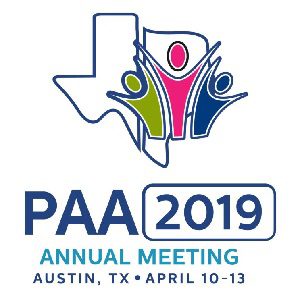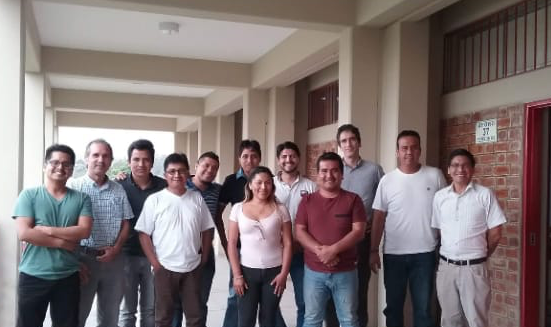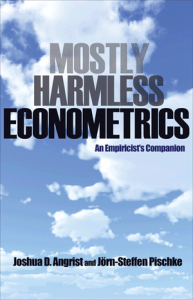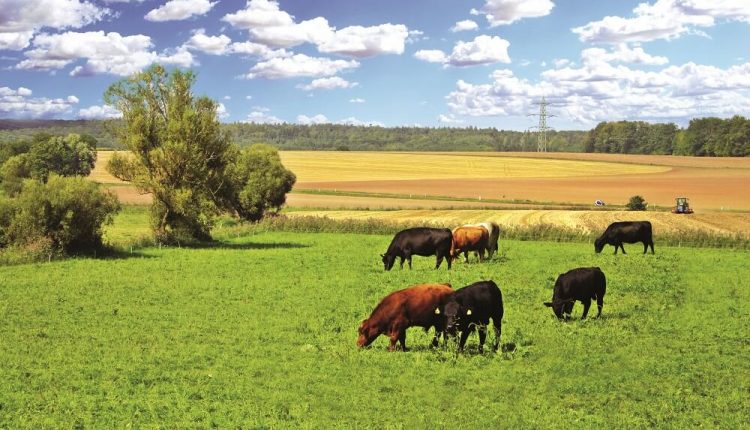
Blog


Between March 25th and April 1st, Prof Alexandre Gori offered the course Applied Econometrics at Universidad Nacional Agraria La Molina. La Molina is the most prestigious agrarian university in Peru, hosted in the pleaseant Lima. The course targeted the evaluation of impacts in the area of Environmental Economics.

Do labor training programs improve earnings and employability, or are workers who participate in trainings usually better than others? Do private schools provide better education, or are their students more motivated than their peers in public schools? Are veterans adequately compensate for their service in the army, or could they do better in the private labor market? Identifying accurate causal relation in economics requires bright ideas, good data and a perfect empirical strategy. Modern econometrics have revolutionized economics, providing answers for important foundational problems.

Changes in land use due to deforestation and agriculture practices are the main responsible the Greenhouse Gas Emissions (GHGs) in Brazil. Cattle farming plays a major role, because the activity in the country is still largely extensive and has been one of the main threats to the preservation of the Amazon forest. In the COP 21, Brazil committed to reduce GHG emissions by almost 40% until 2020, and the agriculture sector would contributed with more than half of this goal. One main strategy is the intensification of pasture-based cattle ranching: ranchers may produce more on the land they already use. A second main strategy is the integration crop-livestock systems (iCL), which can increase agricultural production and rehabilitate degraded pastures while mitigating GHG emissions. But both strategies require investments, which may discourage most farmers. The paper recently presented at the Brazilian Economics Meeting (ANPEC 2018) highlights how the access to credit, which is still restricted in Brazil, may largely increase the adoption of iCL.

Do we receive a salary that is equal to our labor productivity? Classic labor economics assumes so, once labor demand equals labor supply. But imperfect competition, triggered, for example, by information assymetries and institutional factors, may clearly distort this relation. The paper recently published by Alexandre Gori Maia and Arthur Sakamoto (Texas A&M University) at the Brazilian Journal of Political Economy compares the relation between wages and labor productivity for different categories of workers in Brazil and in the United States.